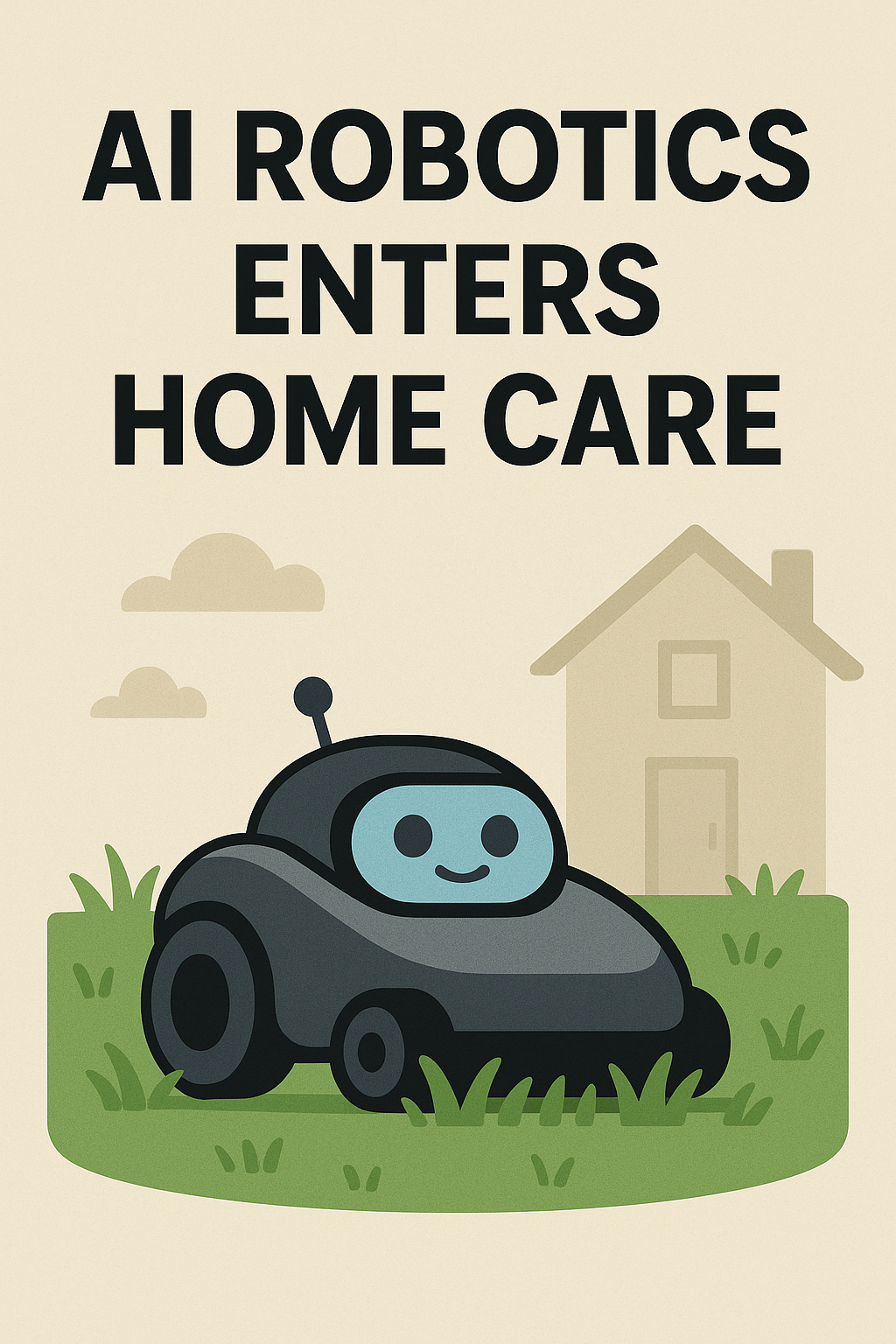Picture this: you’ve just finished a grueling essay on climate change, spent hours perfecting your arguments, and submitted it online. Instead of waiting weeks for your teacher to grade it, you get detailed feedback within minutes. The catch? Your work wasn’t reviewed by a human at all – it was marked by artificial intelligence.
This scenario isn’t science fiction anymore. Schools and universities worldwide are experimenting with AI-powered marking systems, and the results are sparking heated debates in classrooms, staff rooms, and parent-teacher meetings everywhere. But here’s the million-dollar question: would you actually trust a machine to fairly judge your academic work?
The Current State of AI in Education
AI marking isn’t entirely new. For years, standardized tests have used automated systems to grade multiple-choice questions and even some essay portions. What’s changed is the sophistication of these systems. Modern AI can now analyze writing style, check for plagiarism, assess argument structure, and even evaluate creativity – tasks that once seemed uniquely human.
Companies like Turnitin, Gradescope, and EdTechHub are leading the charge, developing systems that can handle everything from math problems to literature essays. Some universities have already integrated these tools into their regular assessment processes, often without students even knowing their work is being machine-graded.
The technology works by training AI models on thousands of previously graded assignments. The system learns to recognize patterns in high-scoring versus low-scoring work, developing its own rubric based on human feedback. It’s like having a teacher who’s read every essay ever written and can instantly compare your work to this vast database.
The Compelling Case for AI Marking
Let’s be honest – there are some genuinely exciting benefits to AI-powered assessment that we can’t ignore.
Speed That Changes Everything
The most obvious advantage is speed. While a human teacher might take days or weeks to grade a class set of essays, AI can provide feedback in minutes. This rapid turnaround could revolutionize how students learn. Instead of waiting weeks to discover they’ve been making the same mistake repeatedly, students could get immediate feedback and correct course right away.
Imagine submitting a draft essay and getting detailed feedback before the final deadline. You could actually use that feedback to improve your work, rather than just filing it away for “next time.” This kind of iterative learning process could be transformative for student development.
Consistency That Humans Struggle With
Here’s an uncomfortable truth: human marking can be inconsistent. Research shows that the same essay graded by different teachers can receive wildly different scores. Even the same teacher might grade differently depending on whether they’re marking first thing Monday morning or late Friday afternoon after a long week.
AI doesn’t have bad days. It doesn’t get tired, frustrated, or unconsciously biased by a student’s previous performance. Every assignment gets the same level of attention and is judged by the same criteria. For students who’ve ever felt unfairly graded, this consistency could feel like a breath of fresh air.
Detailed Feedback That Actually Helps
Good AI marking systems don’t just assign grades – they provide detailed, specific feedback. They can highlight exactly which paragraphs lack supporting evidence, identify where arguments become unclear, and suggest specific improvements. Some systems can even adapt their feedback style to individual students, providing more encouragement for struggling learners or more challenging critiques for advanced students.
Freeing Teachers for What Matters Most
Perhaps most importantly, AI marking could free up teachers to focus on actual teaching rather than spending countless hours grading papers. Instead of staying up late with red pens, teachers could spend that time planning engaging lessons, providing one-on-one support, or developing new creative approaches to their subject matter.
The Troubling Concerns We Can’t Ignore
But before we hand over our red pens to robots, we need to seriously consider the potential downsides.
The Creativity Crisis
Can AI really understand creativity, nuance, and original thinking? While these systems are getting better at recognizing good writing, they might struggle with unconventional approaches or truly innovative ideas. There’s a risk that AI marking could push students toward formulaic, “safe” writing that fits algorithmic expectations rather than encouraging genuine creativity and critical thinking.
A student who writes a brilliant but unconventional essay might be penalized by an AI system that doesn’t recognize the value of breaking traditional rules. This could stifle the kind of original thinking that education should be fostering.
The Bias Problem
AI systems are only as good as the data they’re trained on. If those training datasets contain biases – and they almost certainly do – then the AI will perpetuate and amplify those biases. This could mean that students from certain backgrounds, or those who write in particular styles, are systematically disadvantaged.
For example, if an AI system is trained primarily on essays written by native English speakers, it might unfairly penalize students who are learning English as a second language, even if their ideas are brilliant. These kinds of algorithmic biases could make educational inequality worse, not better.
The Human Connection Gap
There’s something valuable about having a human teacher engage with your work. A good teacher doesn’t just correct errors – they encourage, challenge, and inspire. They might recognize when a student is struggling with personal issues, celebrating small improvements, or pushing high achievers to reach their potential.
Can an AI system really replace that human connection? When you’re proud of an essay you’ve written, do you want a machine to acknowledge your effort, or do you want recognition from someone who understands the human experience behind the work?
Real-World Experiments and Results
Several institutions have already dipped their toes in the AI marking waters, with mixed results.
The University of Akron implemented an AI system for grading business essays and found that it correlated well with human graders about 80% of the time. However, that 20% discrepancy included some significant errors, including cases where the AI completely missed the point of creative or satirical pieces.
Meanwhile, some high schools using AI for preliminary grading have found that students become overly focused on gaming the system. They start writing to please the algorithm rather than to communicate effectively with human readers. This kind of strategic behavior might boost grades but could undermine the actual learning process.
In China, some schools have been using AI marking for several years, and while efficiency has improved dramatically, teachers report concerns about students becoming too formulaic in their approach to writing and problem-solving.
The Hybrid Future That Makes Sense
Rather than an all-or-nothing approach, the future of AI in education marking probably lies in thoughtful integration with human oversight.
Imagine a system where AI provides initial feedback and grades, but human teachers review flagged assignments, handle appeals, and provide additional mentorship. This could combine the speed and consistency of AI with the wisdom and empathy of human educators.
AI could handle the routine aspects of marking – checking for basic errors, ensuring requirements are met, identifying common problems – while teachers focus on the higher-level aspects of assessment that require human judgment, creativity, and emotional intelligence.
Some schools are already experimenting with this approach, using AI as a “teaching assistant” that helps teachers identify which students need extra support and which assignments deserve closer human attention.
What Students and Parents Should Know
If you’re a student or parent facing AI marking, here are some practical considerations:
First, understand that AI marking is probably coming whether we like it or not. Rather than resisting it entirely, it’s worth learning how to work with these systems effectively. This might mean understanding how to write clearly and directly, how to structure arguments in ways that AI can recognize, and how to ensure your work demonstrates the skills being assessed.
Second, don’t lose sight of the real goals of education. Even if an AI system gives you a good grade, ask yourself whether you’re actually learning and growing. The goal isn’t to fool the machine – it’s to develop your own thinking and communication skills.
Finally, advocate for transparency. If your school is using AI marking, you have a right to know how it works, what criteria it uses, and how you can appeal decisions you think are unfair.
The Bottom Line
So, would you trust AI to mark your homework? The answer probably depends on what kind of homework we’re talking about and what we’re trying to achieve.
For routine assignments that test basic skills and knowledge, AI marking could be a game-changer, providing fast, consistent feedback that helps students learn more effectively. But for complex, creative, or personally meaningful work, human judgment remains irreplaceable.
The key is finding the right balance. AI marking isn’t going away, but it doesn’t have to replace human teachers entirely. Instead, it might help us reimagine education in ways that combine the best of both technological efficiency and human wisdom.
As we navigate this transition, we need to stay focused on what really matters: helping students learn, grow, and develop into thoughtful, capable individuals. Whether that happens through human teachers, AI systems, or some combination of both is less important than ensuring it happens at all.
The robot teacher revolution is coming. The question isn’t whether we can stop it, but whether we can shape it in ways that truly serve students’ best interests. That’s a challenge that will require all of our human creativity, wisdom, and care to get right.



